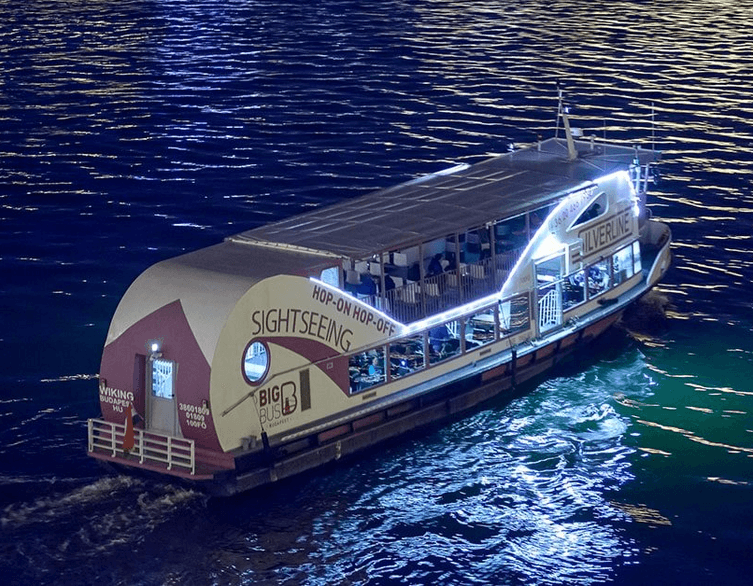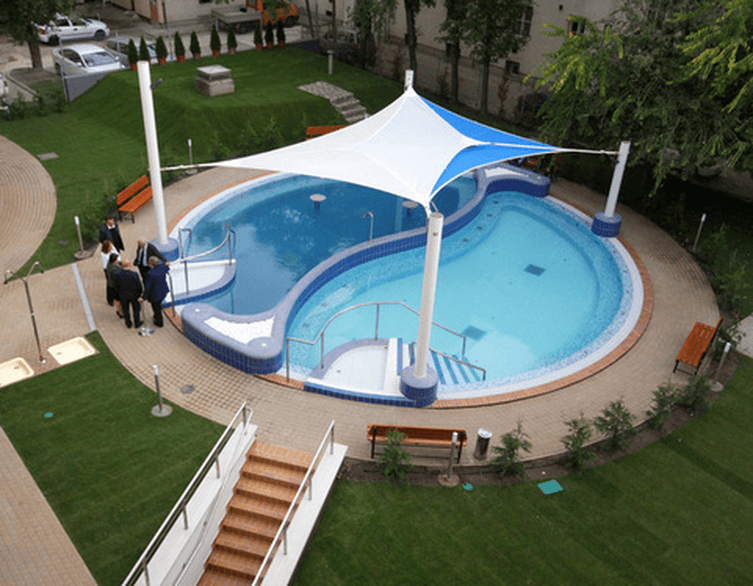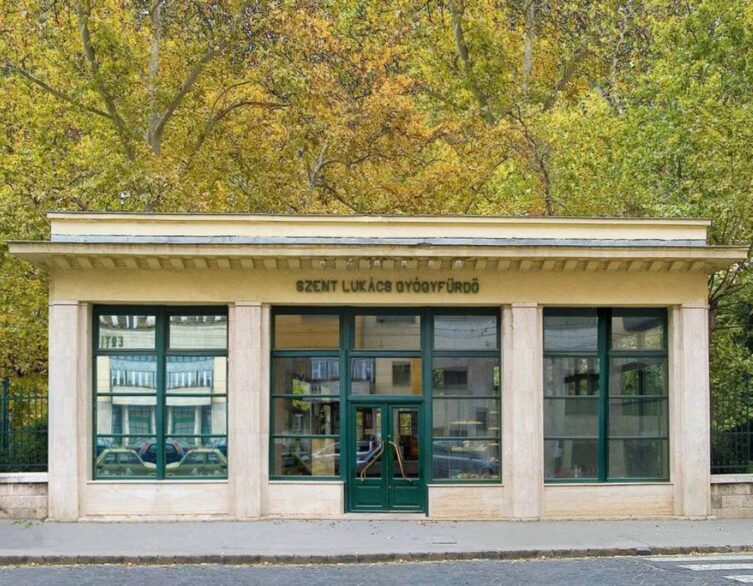Széchenyi Thermal Bath: Balancing Iconic Status with Visitor Demand
Budapest, often referred to as the “City of Spas,” owes much of its fame to its world-renowned thermal baths. Among these, the Széchenyi Thermal Bath stands as a crown jewel, attracting nearly 1.4 million visitors annually. Nestled in the heart of City Park, this iconic bathhouse combines history, luxury, and wellness, offering an unforgettable experience for tourists. However, with its immense popularity comes challenges, including overcrowding and ongoing renovations aimed at preserving its grandeur.
A Historical Landmark with Modern Appeal
The Széchenyi Thermal Bath is more than just a place to relax; it is a historical and architectural treasure. Built in 1913, it was one of the first thermal baths in Pest and remains one of the largest spa complexes in Europe. Its neo-baroque architecture and sprawling pools create a unique atmosphere that blends old-world charm with modern amenities. The bath is fed by two thermal springs rich in minerals, renowned for their therapeutic properties.
Over the years, Széchenyi has become a magnet for tourists from around the globe. In 2024 alone, it welcomed over 1.37 million visitors, accounting for 35% of the total attendance across all Budapest-operated baths. Its revenue reached an impressive 13.1 billion forints last year, solidifying its position as Hungary’s most profitable thermal bath.
Addressing Overcrowding and Visitor Experience
Despite its popularity, Széchenyi faces growing concerns about overcrowding—a sentiment echoed by international visitors. A recent survey by Radical Storage ranked it among the world’s most disappointing tourist attractions due to congestion and high prices. With weekday tickets starting at 11,000 forints and weekend prices reaching up to 13,500 forints during peak periods, some tourists find the experience less accessible than expected.
While these challenges may deter some visitors, they also highlight the need for careful management to balance tourism with visitor satisfaction. Efforts are underway to improve the experience without compromising its charm.
Revitalizing an Icon: The Renovation Project
Recognizing the need for modernization, Budapest Gyógyfürdői Zrt., which operates Széchenyi and other city spas, launched a three-year renovation project in 2024. This ambitious plan aims to preserve Széchenyi’s legacy while enhancing its facilities to meet contemporary standards.
The ongoing renovations include essential upgrades such as modernizing fire safety systems and refurbishing key areas like the swimming pool entrance and locker rooms. Efforts are also being made to improve water engineering systems and restore architectural elements like stone steps and decorative balustrades. Notably, plans are in place to transform the women’s sunbathing terrace into a cocktail lounge—offering a new way for visitors to enjoy this historic site.
Best deals of Budapest
The project has been carefully designed to ensure minimal disruption; most sections remain operational even as work progresses. By 2026, when the renovations are set to conclude, Széchenyi will not only retain its historic appeal but also offer enhanced comfort and functionality.
Alternative Thermal Baths in Budapest: Unique Experiences Beyond Széchenyi
While the Széchenyi Thermal Bath is undoubtedly the most famous spa in Budapest, the city is home to several other exceptional thermal baths that offer unique experiences. These alternatives provide a chance to escape the crowds while immersing yourself in Budapest’s rich bathing culture and history.
Rudas Baths: Ottoman Charm with a View
Rudas Baths, located on the Buda side near the Elizabeth Bridge, is a historic gem dating back to the Ottoman era. Known for its authentic Turkish bath atmosphere, Rudas offers a blend of tradition and modernity. The highlight is its rooftop hot tub, which provides breathtaking panoramic views of the Danube River and the Pest skyline. Visitors can enjoy soaking in thermal waters while watching the sunset or sipping a drink from the poolside bar. Rudas also features single-sex bathing days in its Turkish section, making it a distinctive choice for those seeking a more traditional experience.
Lukács Baths: A Local Favorite
Lukács Baths is another fantastic alternative, known for its medicinal waters and local vibe. While it lacks the grandeur of Széchenyi or Gellért, it compensates with its authentic atmosphere and affordable prices. Located near Margaret Island, this bath features outdoor pools, indoor thermal baths, and an extensive sauna world. Lukács also has a rich history of healing; marble plaques in its courtyard commemorate visitors who have benefited from its therapeutic waters over centuries.
Gellért Baths: Art Nouveau Elegance
Situated on the Buda side of the Danube, Gellért Baths is an architectural masterpiece adorned with stunning mosaics and Zsolnay ceramics. This art nouveau spa offers a more intimate experience compared to Széchenyi, with most of its pools located indoors. Its main outdoor pool, however, remains a highlight for visitors. Gellért’s elegant ambiance makes it an excellent choice for those seeking both relaxation and aesthetic beauty.
A Must-Visit Destination
Whether you’re drawn by its therapeutic waters or its architectural splendor, Széchenyi Thermal Bath is a must-visit destination for anyone exploring Budapest. As it undergoes renovations to secure its future as a world-class attraction, visitors have an opportunity to witness this historic landmark evolve while enjoying its timeless allure.
Plan your visit wisely by checking ticket availability and considering off-peak hours to avoid crowds. With proper planning, your experience at Széchenyi can be as rejuvenating as it is memorable—a perfect reflection of Budapest’s rich heritage and modern vitality.





















